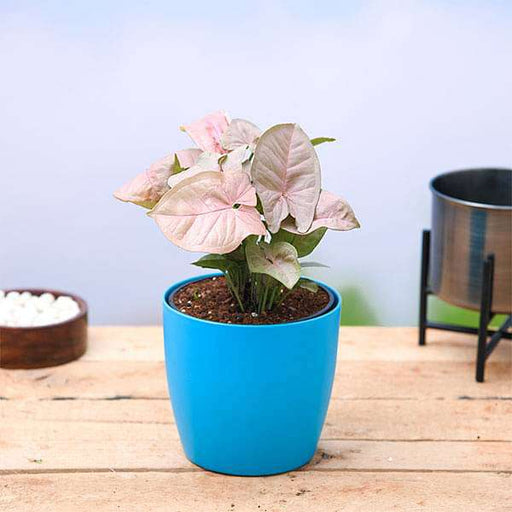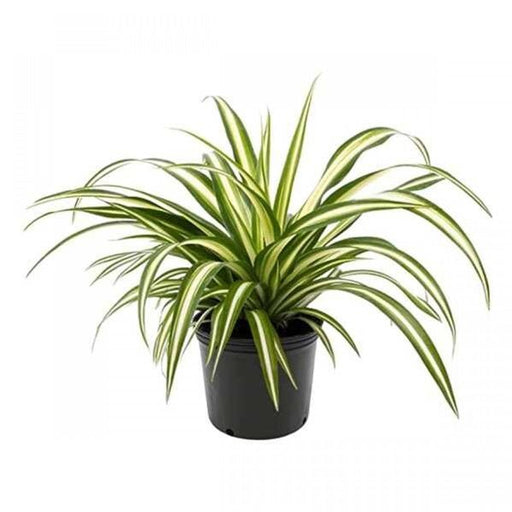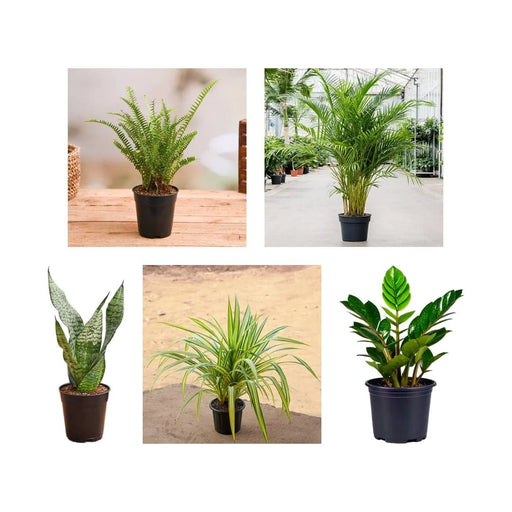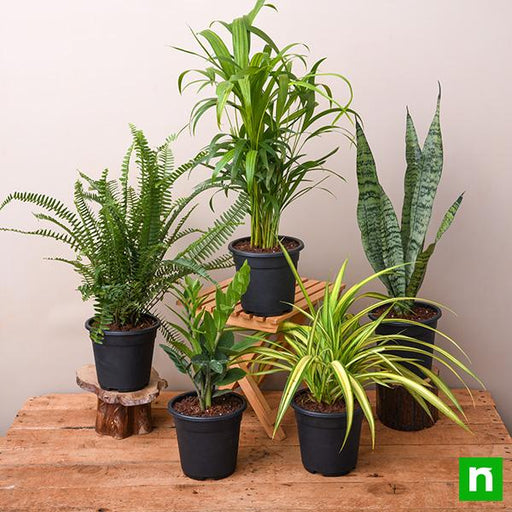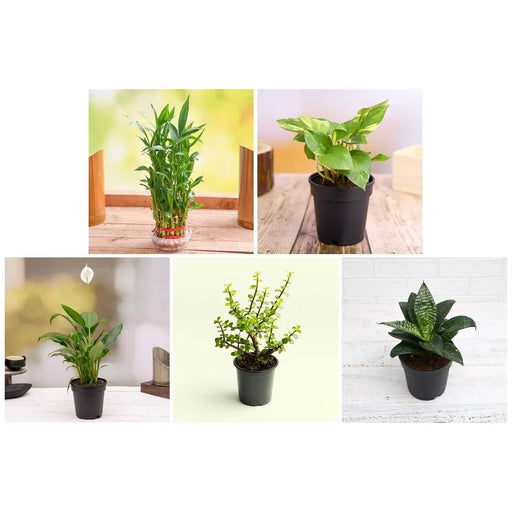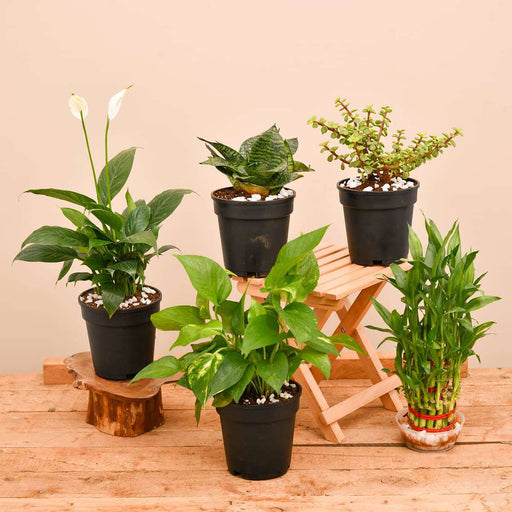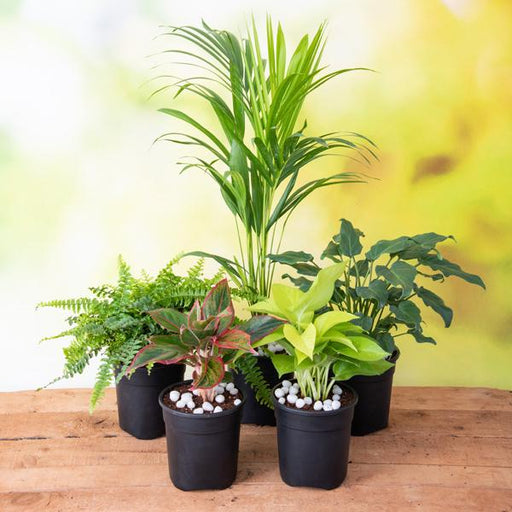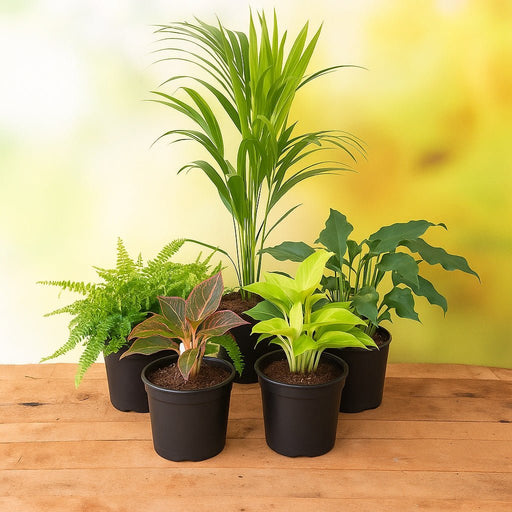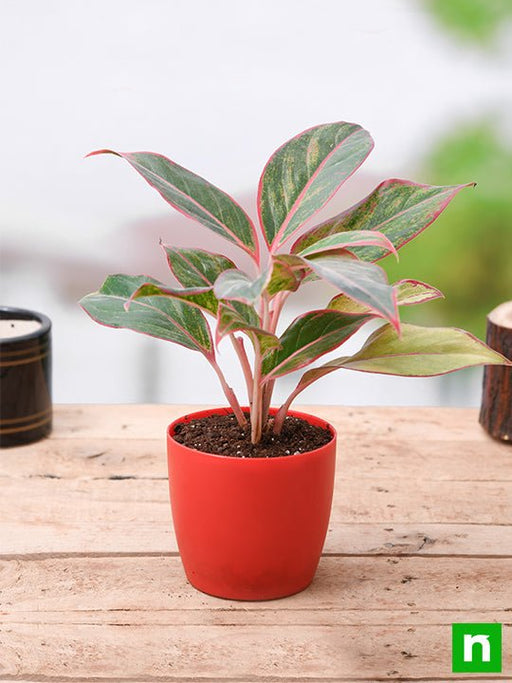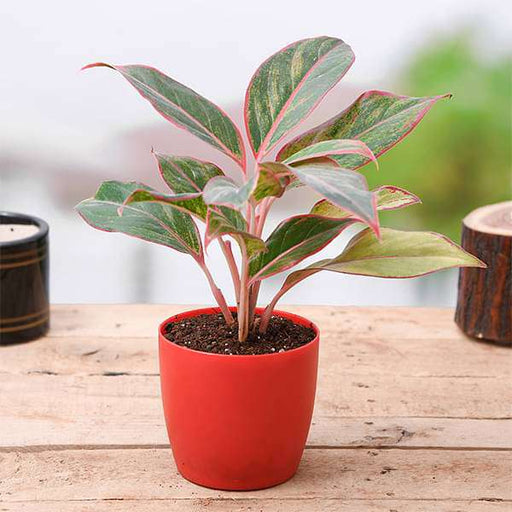Best air purifying plants for home
When it comes to improving the air quality in your home, certain plants can be incredibly helpful. From the peace lily to the snake plant, there are many options to choose from. In this article, we'll take a closer look at the best air purifying plants for your home and how to care for them.
Indoor air purifying plants
Indoor air can be up to 5 times more polluted than outdoor air, but you can improve the quality of the air in your home by adding indoor air purifying plants. From the spider plant to the rubber plant, there are plenty of options to choose from. In this article, we'll take a closer look at the benefits of indoor air purifying plants and how to care for them.
Air purifying plants for allergies
If you suffer from allergies, adding air purifying plants to your home can help to reduce symptoms by removing airborne pollutants. In this article, we'll take a closer look at the best air purifying plants for allergies, including the Boston fern and the bamboo palm.
Air purifying plants for bedroom
Your bedroom should be a sanctuary, but it can be hard to relax if the air quality isn't great. Adding air purifying plants to your bedroom can help to create a more peaceful environment. In this article, we'll take a closer look at the best air purifying plants for the bedroom, including the aloe vera plant and the lavender plant.
Air purifying plants for office
If you work in an office, you'll know that the air quality can sometimes be less than ideal. Adding air purifying plants to your workspace can help to create a healthier and more productive environment. In this article, we'll take a closer look at the best air purifying plants for the office, including the English ivy and the spider plant.
Air purifying plants for pets
If you have pets, you'll want to make sure that the air quality in your home is as good as possible. Certain plants can be toxic to pets, so it's important to choose air purifying plants that are safe. In this article, we'll take a closer look at the best air purifying plants for pets, including the bamboo palm and the spider plant.
Air purifying plants for small spaces
If you live in a small apartment or have limited space, adding air purifying plants can be a challenge. But there are plenty of options that are perfect for small spaces. In this article, we'll take a closer look at the best air purifying plants for small spaces, including the snake plant and the spider plant.
Air purifying plants for the bathroom
Bathrooms can be a breeding ground for mold and mildew, which can be harmful to your health. Adding air purifying plants to your bathroom can help to reduce the growth of these harmful substances. In this article, we'll take a closer look at the best air purifying plants for the bathroom, including the peace lily and the bamboo palm.
Air purifying plants for low light
Not all plants need a lot of sunlight to thrive, and there are plenty of air purifying plants that can survive in low light conditions. In this article, we'll take a closer look at the best air purifying plants for low light, including the snake plant and the peace lily.
Air purifying plants for clean air
If you're looking to create a healthier home environment, adding air purifying plants can be a great start. In this article, we'll take a closer look at the best air purifying plants for
Air purifying plants for high pollution areas
Living in a city with high levels of pollution can have a negative impact on your health, but adding air purifying plants to your home can help to reduce the effects. In this article, we'll take a closer look at the best air purifying plants for high pollution areas, including the rubber plant and the Boston fern.
Air purifying plants for beginners
If you're new to indoor gardening, choosing the right air purifying plants can be overwhelming. In this article, we'll take a closer look at the best air purifying plants for beginners, including the spider plant and the snake plant, and provide tips on how to care for them.
Air purifying herbs
In addition to traditional houseplants, there are also many herbs that can help to purify the air in your home. In this article, we'll take a closer look at air purifying herbs such as basil, mint, and sage, and how to incorporate them into your home.
Air purifying plants for better sleep
If you're having trouble sleeping, adding air purifying plants to your bedroom can help to create a more relaxing environment. In this article, we'll take a closer look at the best air purifying plants for better sleep, including the snake plant and the lavender plant.
Air purifying plants and Feng Shui
According to the principles of Feng Shui, certain plants can help to promote positive energy and improve air quality in your home. In this article, we'll take a closer look at air purifying plants that are recommended by Feng Shui practitioners, including the peace lily and the bamboo palm, and how to incorporate them into your home decor.
Air purifying plants for classrooms
Indoor air quality in classrooms can affect students' health and academic performance. Adding air purifying plants to classrooms can help to improve the air quality and create a more conducive learning environment. In this article, we'll take a closer look at the best air purifying plants for classrooms, including the spider plant and the English ivy.
Air purifying plants for clean workplace
In addition to homes and classrooms, air purifying plants can also be added to workplaces to create a healthier and more productive environment. In this article, we'll take a closer look at the best air purifying plants for clean workplaces, including the rubber plant and the golden pothos.
Air purifying plants for improved mental health
Studies have shown that indoor plants can have a positive impact on mental health and well-being. In this article, we'll take a closer look at air purifying plants that can help to improve mental health, including the Boston fern and the peace lily.
Air purifying plants for better productivity
In addition to improving air quality and promoting health, air purifying plants can also boost productivity in the workplace. In this article, we'll take a closer look at the best air purifying plants for better productivity, including the snake plant and the spider plant.
Air purifying plants for natural home decor
In addition to their air purifying benefits, indoor plants can also add a touch of natural beauty to your home decor. In this article, we'll take a closer look at air purifying plants that can serve as natural home decor, including the fiddle leaf fig and the monstera deliciosa. We'll also provide tips on how to care for these plants to keep them thriving.





